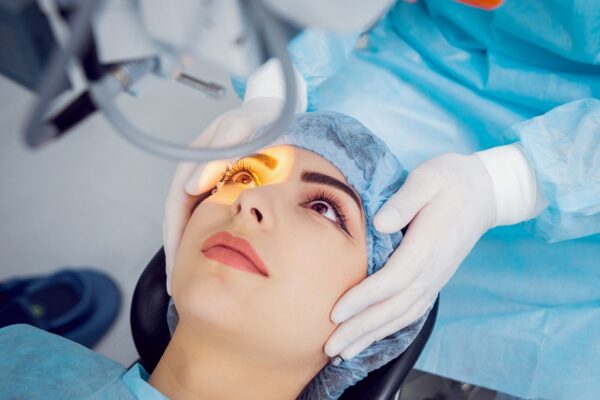Plastic surgery may not be seen as important as other kinds of surgery as it is always associated with cosmetic purposes. However, do you know that plastic surgery is so much more than just improving a person’s look? In this DoctorOnCall’s article, we will be learning more about a surgery known as phalloplasty which was first done in the 1930’s and has been one of the anticipated surgeries for a person who wishes to change their gender from female to male.
Phalloplasty is a surgery procedure focusing on construction or reconstruction of a penis. While it is a common surgery choice for transgender people and nonbinary people interested in this gender-affirming surgery, phalloplasty is also for those wishing to reconstruct penis after a traumatic experience, cancer or congenital defect. The aim of a phalloplasty is to create an appealing penis of sufficient size that can function as feeling sensations and releasing urine.
You probably wonder if you do get hard after phalloplasty. Yes, you do. This can be achieved when the doctor inserts an erectile implant or a nerve hook. In an erectile implant, a prosthetic device helps to achieve erection which could provide satisfactory penetrative sexual intercourse. Nerve hook on the other hand is a procedure where the doctor connects the nerves from the donor tissue such as the arm to the nerves in the pelvis area to enhance sensation. Nerves may start to regenerate 3 weeks after surgery but there is a possibility that this will take longer than this. Sensation may take up to a year or more for a person to be able to feel sensation.
Surgical technique used in phalloplasty has been evolving alongside plastic surgery and urology. Currently, the best procedure or standard for phalloplasty procedure is known as radial forearm free-flap (RFF) phalloplasty. In this procedure, a flap of skin from the forearm is used to build the shaft of the penis and the hairless part of the forearm is used to reconstruct the urethra.
Phalloplasty is not just a single surgical procedure. It is a long series of separate procedures that are often done in tandem. This means that a person undergoing phalloplasty may have a different series of surgery compared to another person undergoing phalloplasty. It is because phalloplasty is highly personalised depending on what is important for you. Different stages of surgery and customised plans are catered to help you achieve the best satisfaction and outcomes.
A person who wishes to go for phalloplasty needs to understand the risks and eligibility of getting one. In general, a person needs to be 18 or above, take hormones for at least a year, receive treatments from mental health professionals regarding gender dysphoria and have had hysterectomy and/or oophorectomy weeks before phalloplasty. Risks of phalloplasty are almost the same as other surgery procedures such as infection, pain, excessive bleeding and tissue damages. Complications specific to phalloplasty include complications from catheter used for the first few weeks causing infections or bladder spasms, loss of flap and urethral strictures that lead to difficulty urination.
A person can return to their usual activities around 6 weeks after a phalloplasty. To fully recover from the surgery, it may take up to 12 to 18 months. Before a person after phalloplasty is able to have sex, it is important to make sure their healthcare provider does approve such activity. The person can expect sexual arousal. erection and orgasm following a successful phalloplasty surgery. It is important to adhere to all advice and follow up to make sure the neo-penis is functioning properly and a person is healthy. Remember to do thorough research before opting for phalloplasty or any gender affirming-surgery as it involves long hours of treatments and can be very costly.
Also read – Dengue Prevention.





